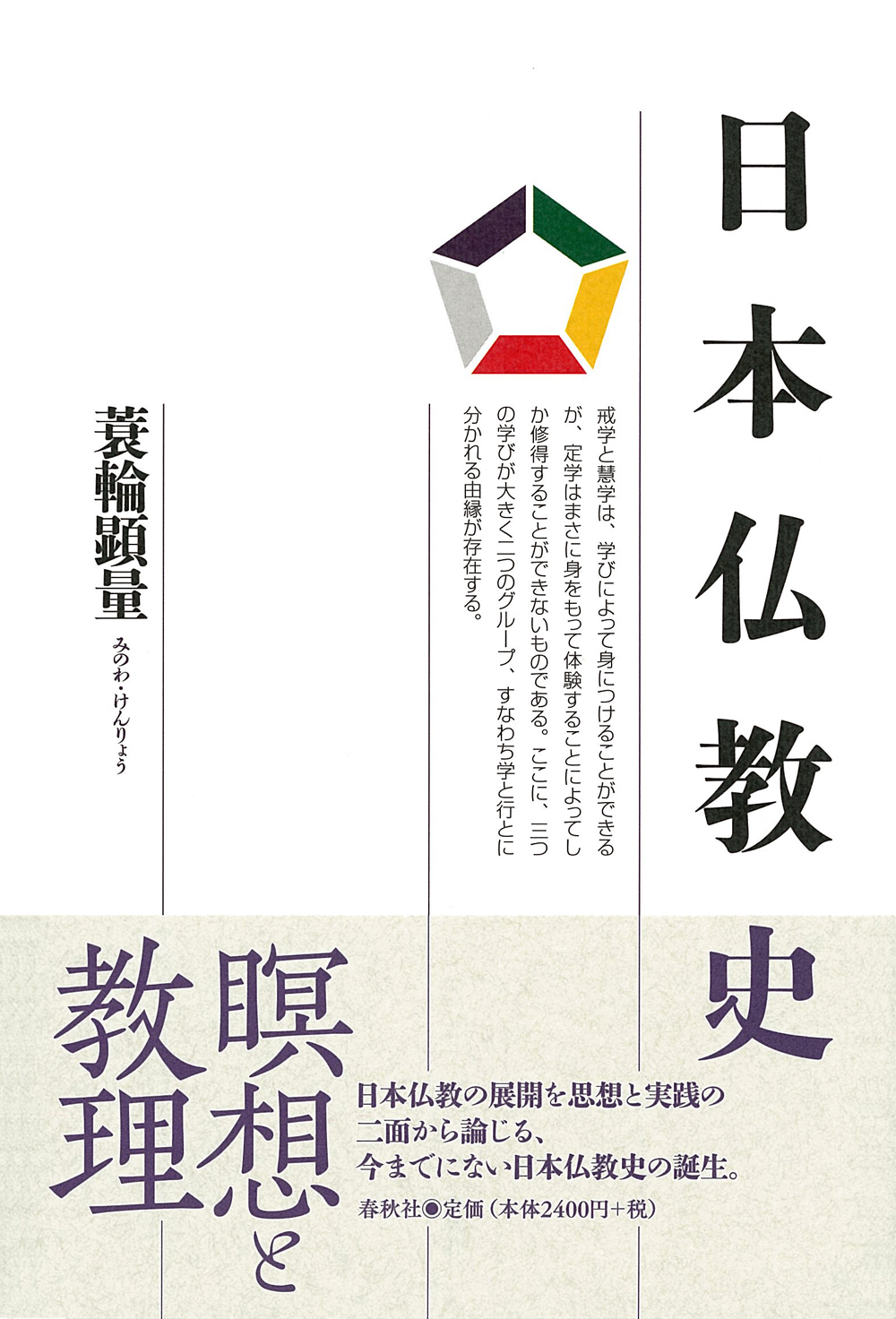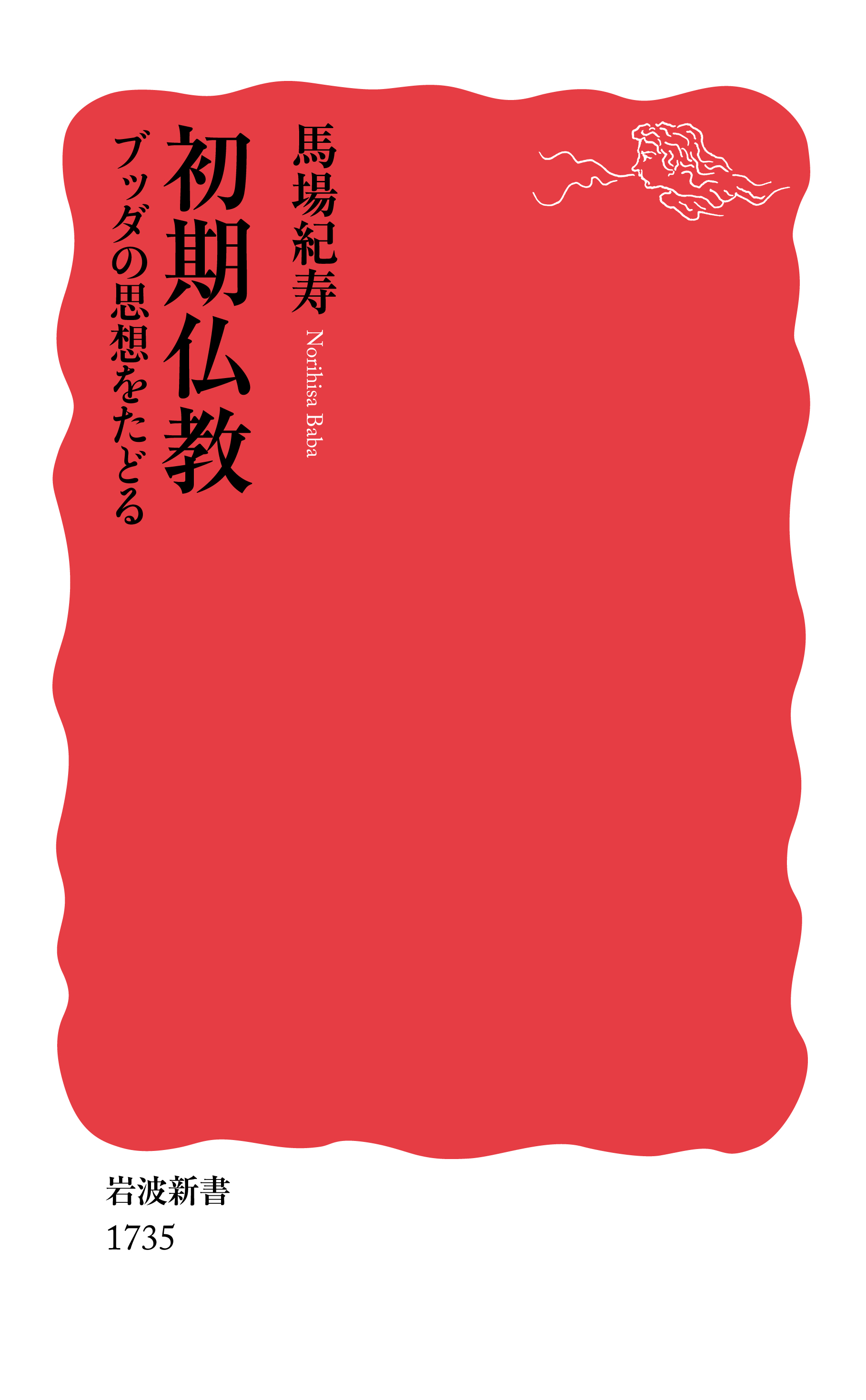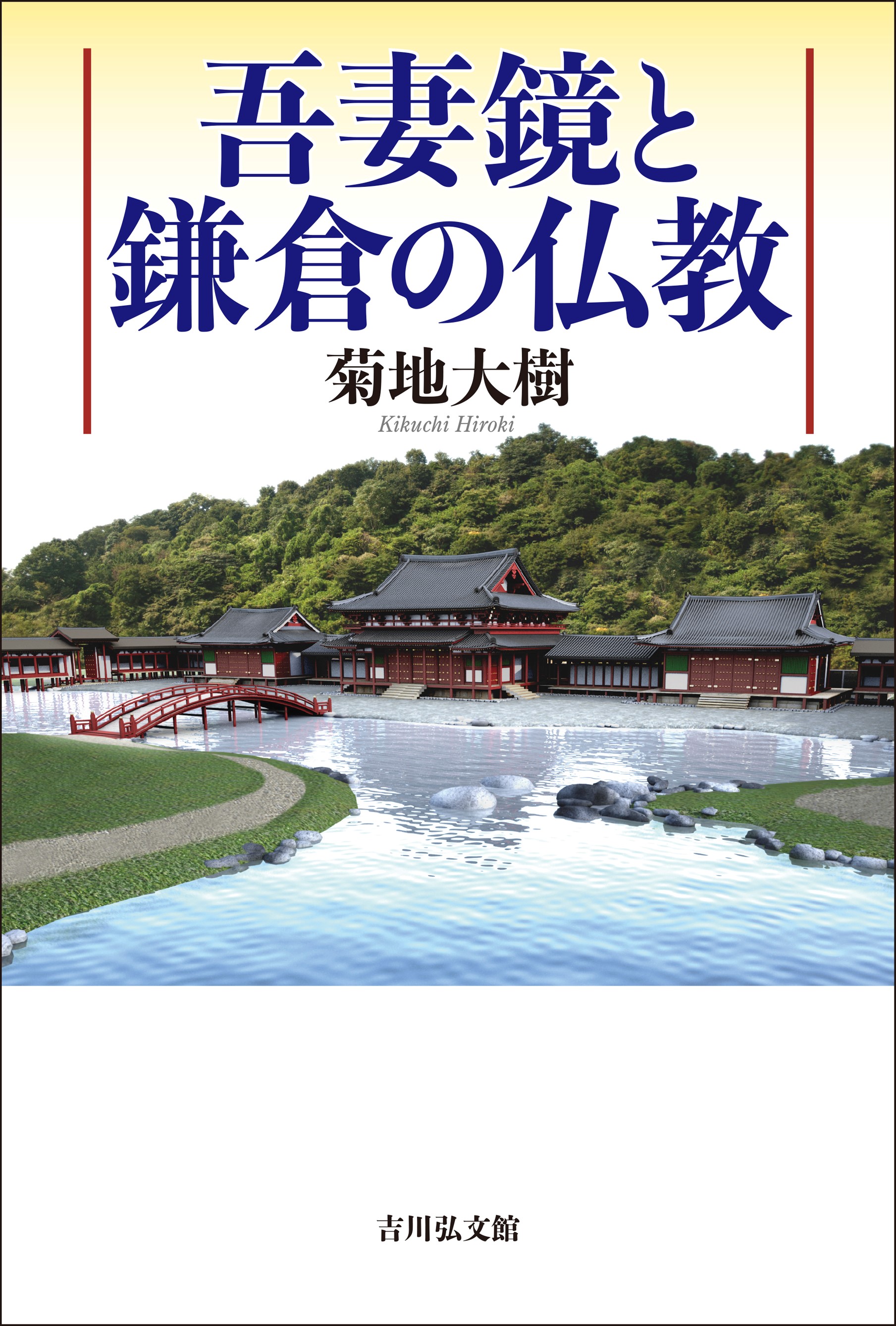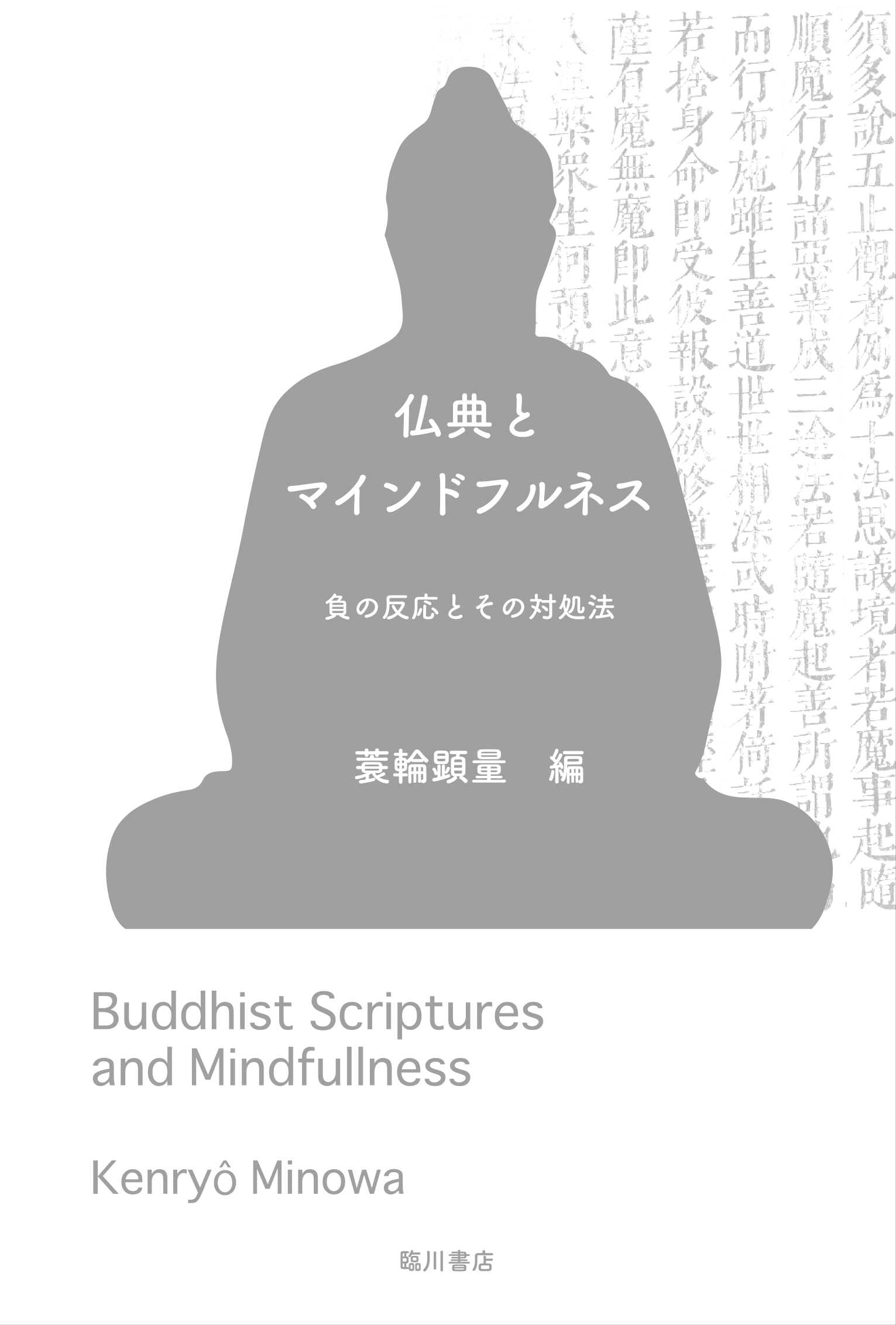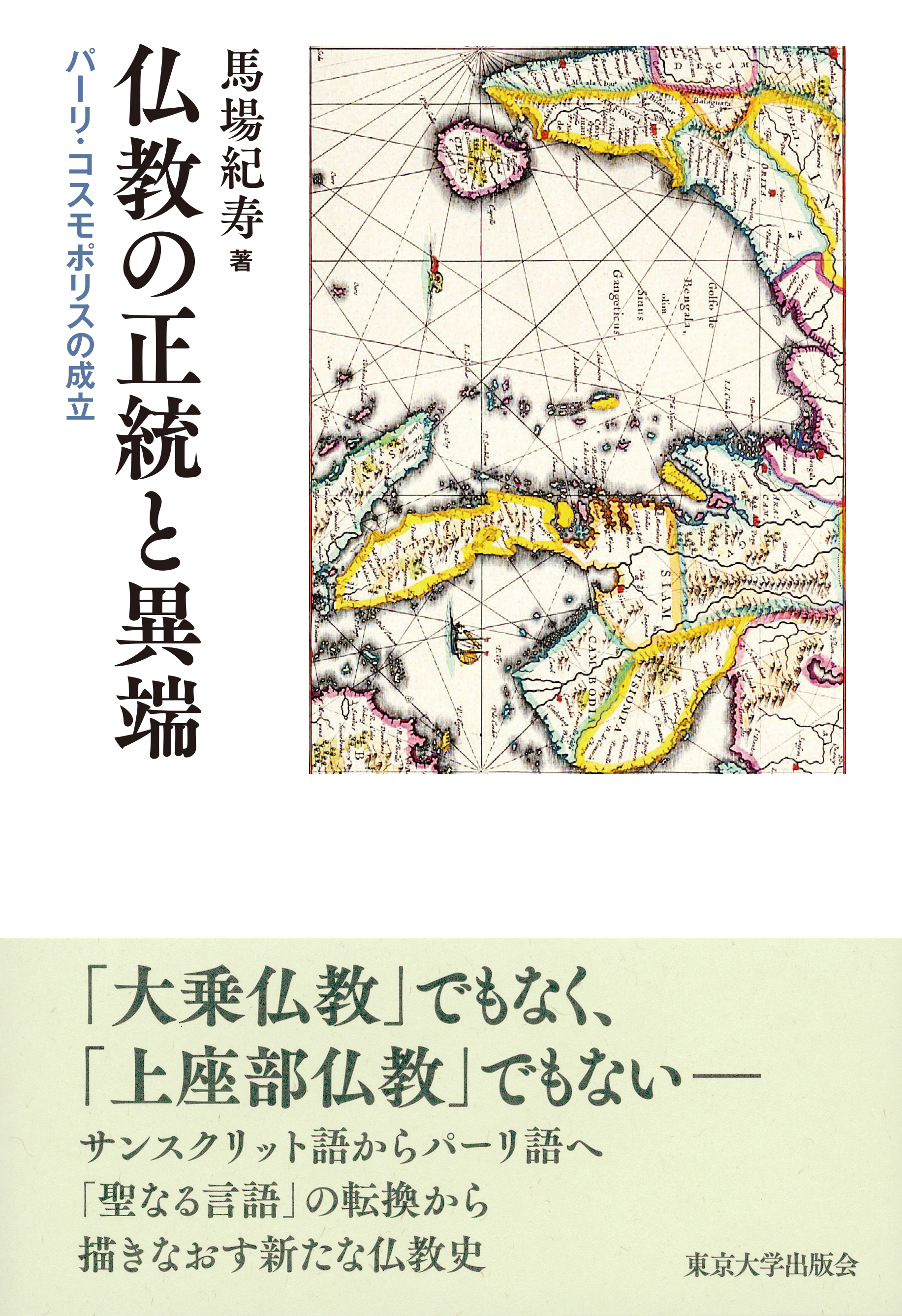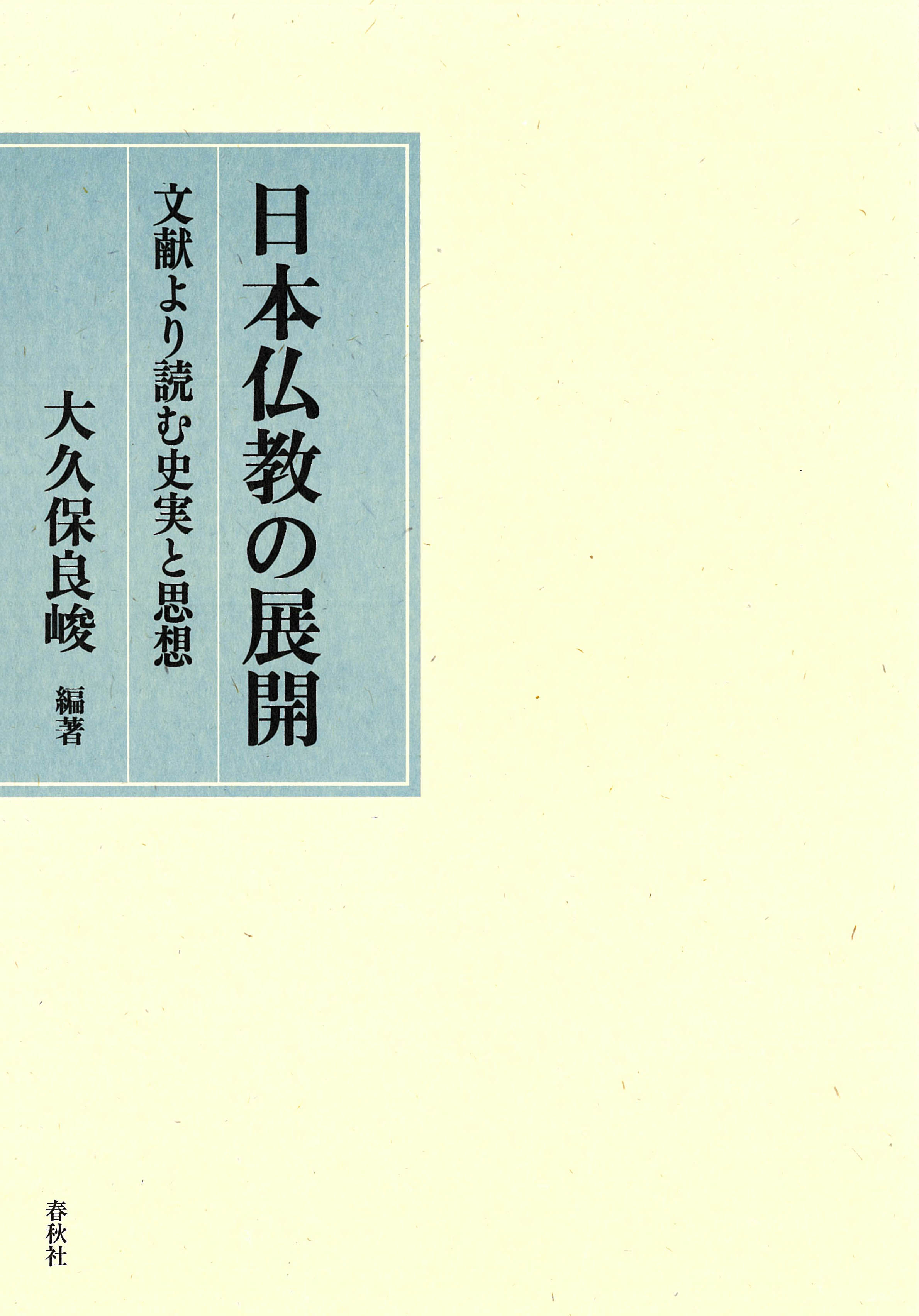
Title
Nihon Bukkyo no Tenkai (The transformation of Japanese Buddhism: its development and doctrines as seen in primary documents)
Size
384 pages, A5 format
Language
Japanese
Released
March, 2018
ISBN
978-4-393-13803-8
Published by
Shunjusha
Book Info
See Book Availability at Library
Japanese Page
This book is a product of a Grants-in-Aid for Scientific Research study, and it represents the cooperative efforts of several scholars of Japanese Buddhism, who are leaders in the research of various relevant fields. The book’s editor, Okubo Ryoshun, is a professor at Waseda University, specializing in Japanese Buddhism from the perspective of Buddhist studies. As the author of this introduction, I am one of these cooperative scholars, and I have written an article from the perspective of Buddhist ideas and its practical aspects.
The authors represented in this book are from the four disciplines of history, Buddhist studies, Japanese ideal history, and religious studies. The book provides an overview of Japanese Buddhist history using original texts and explanations. It is not possible to discuss the history of Japanese Buddhism without considering its ancient relationship to the government. Yoshida Kazuhiko, professor at Nagoya City University, describes the ancient history when Buddhism was brought to Japan from Korea, and Ōkubo Ryōshun, the editor, explains the dogmatic development of the Heian period. Concerning the Buddhism of the Middle era, Minowa takes up the debate referred to as rongi and the practices of the Hossō and Zen sects. Uejima Susumu, professor at Kyoto University, examines the relationship between Buddhists and the government with a description of its system. He clarifies the close relationship that existed between Buddhists and the government, referred to as Ōho-buppō-sōe-ron (two forces that depend on each other). Kikuchi Hiroki, professor at The University of Tokyo, focuses on Buddhism and saints, which involves the Buddhism followed by the public. He discusses it from the perspective of the center and the margin. Harada Masatoshi, professor at Kansai University, covers the Buddhism of the later Middle era from the Kamakura to the Sengoku period, and examines the development of Zen Buddhism during the Kamakura period as well as the popularization of the Hokke and Jyōdo-shin sects in the late Middle era.
It is believed that Buddhism was popularized during the early modern period. Sonehara Satoshi of Tohoku University discusses Buddhism’s establishment in society from the perspective of ritual and culture. He points out that a new Buddhism was introduced during the Edo period (Obaku sect), and he elucidates the many debates on the dogmatic problems during the Edo period. People assume that Confucianism was popular during the Edo period, but, in fact, Buddhism was widespread and the Sangyō-icchi idea that Shintoism, Buddhism, and Confucianism were based on the same teaching also blossomed then. In the last part, Hayashi Makoto, professor at Aichi Gakuin University, presents the Buddhism of modern Japan. He explains the transformation of Buddhism and the academic knowledge that has developed. In the context of Western historical knowledge, he presents the argument that Mahayana Buddhism was personally preached by Buddha as a development of the modern era. This is a remarkable contribution.
This book presents Japanese Buddhism through original texts as its resources, and these texts are explained through their contemporary transliterations into modern Japanese. Usually, the original Japanese Buddhist texts and original Japanese historical documents are difficult to read correctly; therefore, this book helps interested individuals to correctly read them because it juxtaposes the original texts with their transliterations. This book is the product of several scholars who met many times for deep discussion before they finally completed the work. I hope that many young students will read this book in the near future.
(Written by MINOWA Kenryo, Professor, Graduate School of Humanities and Sociology / 2018)



 Find a book
Find a book


